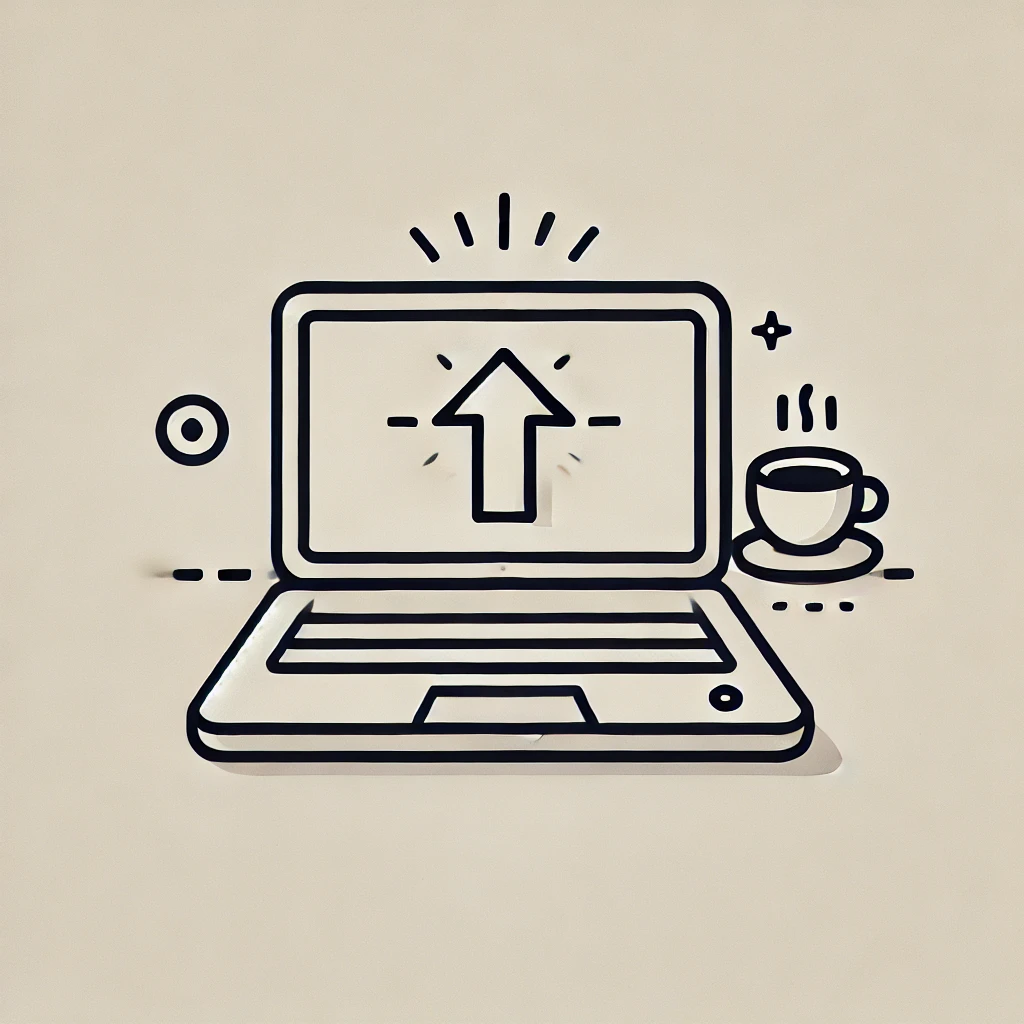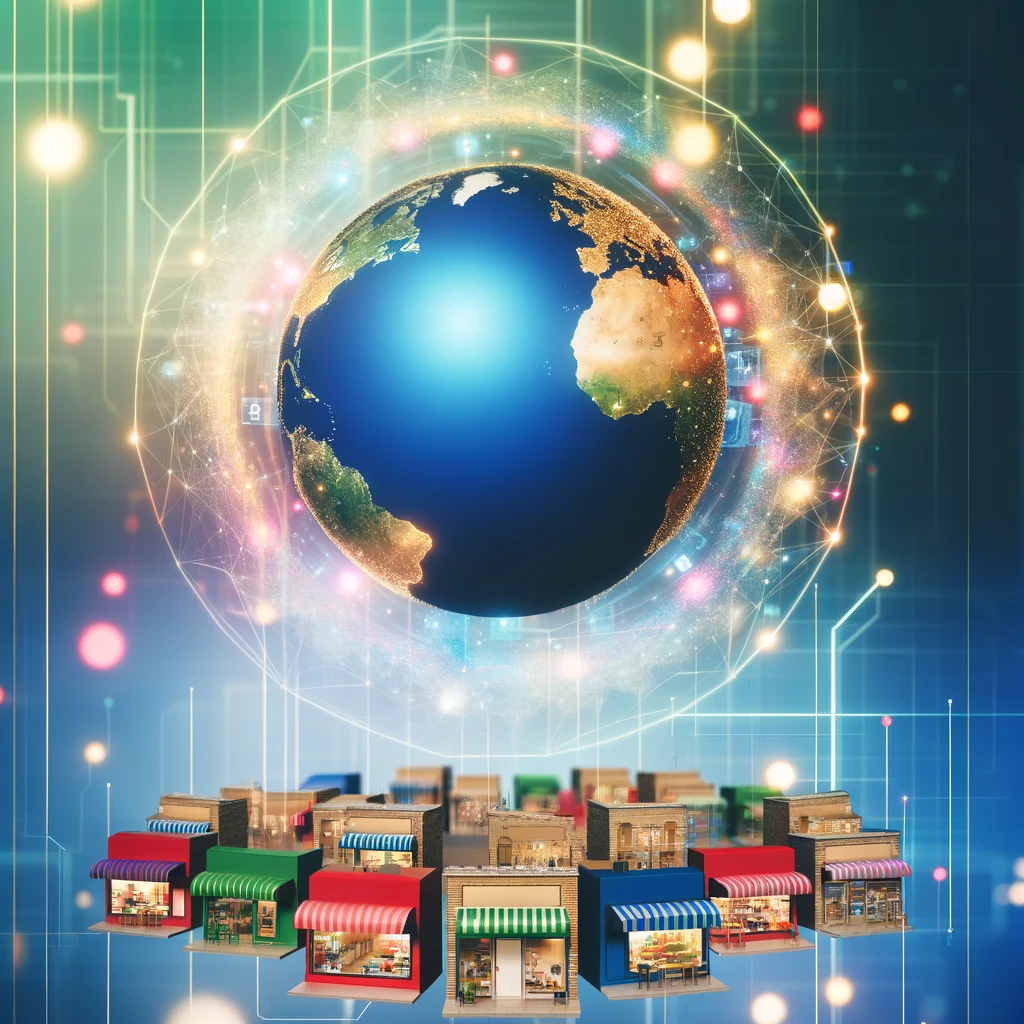Technology’s rapid pace makes it impossible to predict what the end of the next decade will look like. Less than a year ago, no one thought generative AI innovations, ChatGPT or Midjourney, would be as disruptive this fast.
This shows that IT professionals can only thrive by staying ahead of the curve. They need to know what, when, where, and how things are happening in the tech world – reading this blog is a pleasant first step.
Our list of the top emerging technologies for 2023 is in no way exhaustive; we might have missed out on a few and intentionally ignored others, but all in all, we’ve covered the very best happenings influencing the future of the tech industry in 2023. Stay tuned!
1. Artificial Intelligence and Machine Learning
With ChatGPT and the likes, it’s evident that Artificial intelligence (AI) is already a household name and needs no introduction.
But what about AI’s relationship with machine learning? We’re guessing you know very little about how this symbiotic relationship will affect the future; well, let’s explain.
Here’s AI simplified:
- Machine vision: AI technology that allows computers to see and interpret images like the human eye. For example, automatic ID scanners.
- Conversational AI: advancements like ChatGPT showcasing how well computers understand speech and written text.
- Robotics: AI tech that helps robots understand simple commands. For example, Walmart’s automated assistance.
Now, you must be wondering how the above descriptions have anything to do with AI and machine learning; here’s the screamer;
Machine learning underpins most AI developments and teaches computers to learn from the vast amounts of data continually generated—a candid example of generative AI in action.
2. Voice Assistance
Not too long ago, talking was regarded as a thing you do with family, friends, colleagues, and sometimes, enemies. But now, voice-based commands are the new norm; you can literally talk to your phone, car, speakers, or any other voice-enabled device.
Voice assistant software allows for the creation of routines that can be kicked off by a simple voice command like, “Good morning” or “Good night. It can also conduct more sophisticated tasks like reading the news, setting light levels around the house, adjusting temperature, etc.
Indeed, the voice revolution has only just begun. Today, Alexa, Siri, and Cortana are the top emerging technologies in the space, but we can’t fully grasp what the future holds. Not to forget that innovation for voice assistance software is still in its infancy, ongoing, and is open to all, even to you.
3. Edge Computing and 5G
Here are another two highly advanced technologies complementing each other – based on necessity – to usher in a new generation of smart devices and apps.
5G is a next-generation wireless technology with high bandwidth, probably the fastest ever. On the other hand, edge computing is a network infrastructure that can handle large data volumes.
Every day, humans generate more than 3.5 quintillion bytes of data. Have the thought of where all these data go ever occurred to you? Like humans, data also need a house (database) or a shelter to take refuge.
5G and edge computing is a next-gen duo functioning together to cater to the large volumes of data generated, tackle the difficulty of transporting data, and ensure the inefficiencies of remote computing don’t get in the way.
4. Quantum Computing
Maybe you haven’t noticed, but hey, some problems are actually too complex for classical computers.
Medical personnel can’t use their everyday computer to simulate complex drug designs or tailor treatments to a patient’s DNA; you can’t even accurately predict the weather with a classical computer—you need quantum computing for such tasks.
Quantum computing harnesses the laws of quantum mechanics to solve complex problems. They can perform multiple calculations simultaneously and are very good at ‘optimization problems.’
Volkswagen’s collaboration with Google to use quantum computing to help buses and taxis find the fastest route is one common use case in business.
5. Blockchain
For the umpteenth time, blockchain is not bitcoin – bitcoin is just one of its many applications.
Blockchain is a technology promoting safe and accurate record-keeping across a network of computers. Multiple people can interact with the record depending on whether or not the network is open to the public.
The difference between blockchain and a typical day-to-day record-keeping banks engage in is that there is no third party; transactions run on smart contracts and do not involve human intervention.
Blockchain is making waves across all industries as a fast and secure way to do business, and developers are in high demand – it’s probably one of the few top emerging technologies on our list set to disrupt how people do business for decades to come.
6. Robotic Process Automation (RPA)
Clearly, the need to automate repetitive tasks isn’t as deliberate as most tech companies make it out to be, especially since it’s one of the biggest innovations causing mass layoffs.
However, there is no denying that the future is automated. We can’t thrive as a species if all we do is sit at a computer and complete defined tasks.
Robotic process automation involves building, deploying, and managing software robots that aid our day-to-day activities. RPA can be as simple as using automation software to reply to business emails sent on weekends or as complex as having one of Walmart’s robots sell you groceries.
Though, if you haven’t had one of Walmart’s robots sell you groceries, you’re not alone – RPA in retail is among the top emerging technologies in its infancy and is offering a truckload of recruitment opportunities to IT professionals.
7. Low Code and No Code
Who’d have thought that there would come a time when even the most complex task, the brainchild behind the third industrial revolution – coding – would give way to more simple, minimalistic endeavors?
Well, dependencies on traditional computer programming approaches are gradually becoming a thing of the past. You don’t need to learn complex codes to build a website or mobile app anymore.
Low code and No coding technology aids non-technically savvy workers with drag-and-drop features they can use to build intuitive interfaces from start to finish. One famous example is Spotify’s No-code partner on Voiceflow.
8. Enterprise Metaverse
Augmented reality (AR) (an overlay of the digital world on the physical space) and virtual reality (VR) (immersive computer-generated simulation of the physical world) have, for the past decade, disrupted how people in education, entertainment, and medicine do their work – no one blinked an eye.
But since the advent of the Metaverse experience, think of it as the internet brought to life with AR and VR, or at least rendered in 3D – all the big brands began to make big changes. Facebook changed its name to Meta; Disney appointed a senior executive to oversee its metaverse strategy; LEGO invested in Epic Games (makers of Fortnite).
With everyone putting their best foot forward to become a leader in the space, no need for much chit-chat about how the enterprise metaverse is among the top emerging technologies and probably the future of the tech industry.
9. Cloud-Native Platforms
The on-demand delivery of all kinds of application services (Eg. Amazon Web Services, Google Cloud, or Microsoft Azure) via the Internet made it easy for companies to use metered pricing and pay for only the resources they consumed.
However, cloud computing’s swiftness and ease of use brought about another problem; everyone focused on the servers where applications were created and deployed. No one talked about the services and how each fits specific use cases.
Cloud-native platforms provide the architecture needed to build scalable, flexible, and resilient applications you can update quickly to meet customer demands. It focuses on the services, not the servers.
You can explore cloud-native services like Kubernetes, Docker, APIs, and Kafka for more insight into how this tech is redefining the future of the tech industry.
10. Internet of Things (IoT)
Imagine everything working in sync with the internet as a huge brain – your phone, car, gym equipment, kitchen faucet, window blind, and everything you can think of connected to the internet and working in rhythm.
In 1926, over 90 years ago, Nikola Tesla predicted such a reality. Today, over 14.4 billion devices are connected to the internet, with some estimates suggesting that by 2030, over 500 billion devices will be interconnected.
The Internet of Things involves the interconnectivity of a growing network of Internet-enabled devices.
From smart fitness trackers to smart door locks and all other top emerging technologies, IoT is using sensors to collect the vast amounts of data they process, feeding it into an ever-expanding network to form a digital nervous system – leaving a hyper-connected world in its wake.
Wrapping Up
Examining the pace at which technology changes today, it might feel pointless to forecast the tech industry’s future beyond a few weeks or months. But as the old truism goes, strategic foresight will result in preparation, not prediction.
We hope you had a good read. We wouldn’t mind if you left a comment about some of the most disruptive technologies you feel our list proved too short to include.







